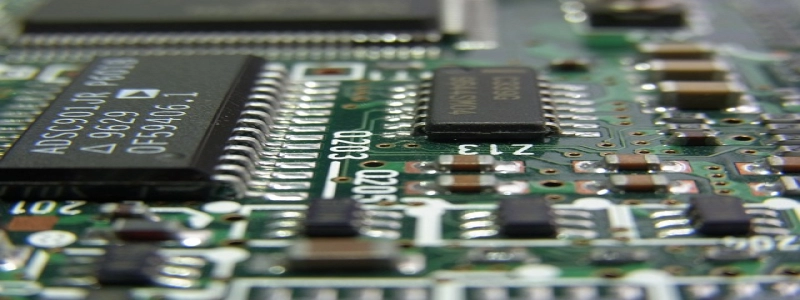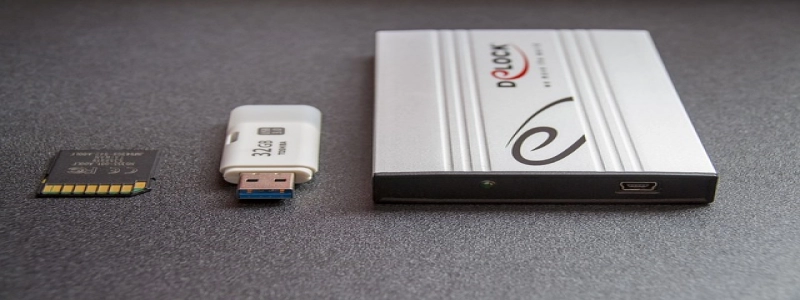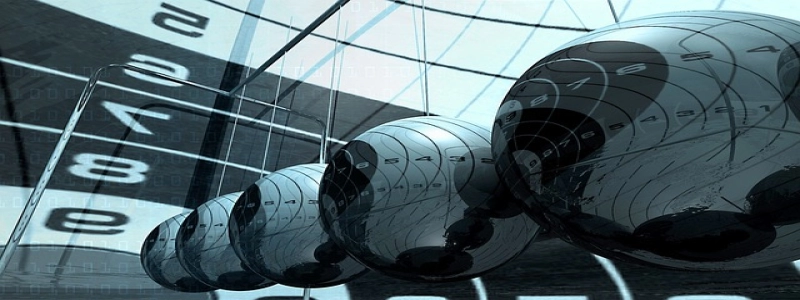Ethernet/IP IO
Introduction:
Ethernet/IP IO is a communication protocol used in industrial automation systems. It enables the exchange of data between different devices and control systems over an Ethernet network. In this article, we will explore the various aspects of Ethernet/IP IO and its role in industrial applications.
1. What is Ethernet/IP IO?
Ethernet/IP IO is a protocol that allows input and output (IO) devices to communicate with programmable logic controllers (PLCs) and other devices in an industrial control system. It is based on the Ethernet standard and allows for real-time data exchange, making it widely used in industrial automation.
2. Features of Ethernet/IP IO:
– Compatibility: Ethernet/IP IO is compatible with various devices, including PLCs, HMIs, sensors, actuators, and drives. This allows for seamless integration and communication between different devices in an industrial network.
– Real-time data exchange: Ethernet/IP IO provides real-time data transfer, ensuring fast and accurate communication between devices. This is crucial in industrial applications where real-time control and monitoring are required.
– Scalability: Ethernet/IP IO supports both small and large-scale industrial systems. It can handle a large number of devices and data points, making it suitable for complex automation processes.
– Diagnostic capabilities: Ethernet/IP IO offers robust diagnostic capabilities, allowing for easy troubleshooting and maintenance of the industrial network. It provides detailed information about the status and health of connected devices, improving system reliability.
3. Advantages of Ethernet/IP IO:
– Flexibility: Ethernet/IP IO offers flexibility in device selection and configuration. It supports a wide range of devices from different manufacturers, allowing users to choose the best-fit solution for their specific application requirements.
– Cost-effectiveness: Ethernet/IP IO utilizes standard Ethernet infrastructure, eliminating the need for additional wiring and specialized hardware. This reduces installation and maintenance costs, making it a cost-effective solution.
– Simplified integration: Ethernet/IP IO simplifies the integration of devices from different vendors. With standardized communication protocols and interfaces, it eases the configuration process and ensures interoperability between devices.
– Remote access: Ethernet/IP IO enables remote access to the industrial network, facilitating remote monitoring and control of devices. This allows for efficient troubleshooting, maintenance, and data analysis, leading to increased productivity.
4. Applications of Ethernet/IP IO:
Ethernet/IP IO finds applications in various industries, including manufacturing, automotive, oil and gas, power generation, and food processing. It is used for process control, machine automation, data acquisition, and monitoring in these industries. Ethernet/IP IO is also suitable for applications that require high-speed data transfer and real-time control, such as robotics and motion control systems.
Conclusion:
Ethernet/IP IO is a robust and versatile communication protocol that plays a crucial role in industrial automation. Its compatibility, real-time data exchange, scalability, and diagnostic capabilities make it an ideal choice for modern industrial systems. With its advantages of flexibility, cost-effectiveness, simplified integration, and remote access, Ethernet/IP IO continues to evolve and contribute to the advancements in industrial automation technology.








